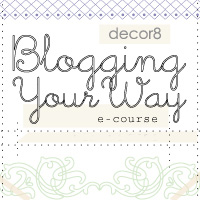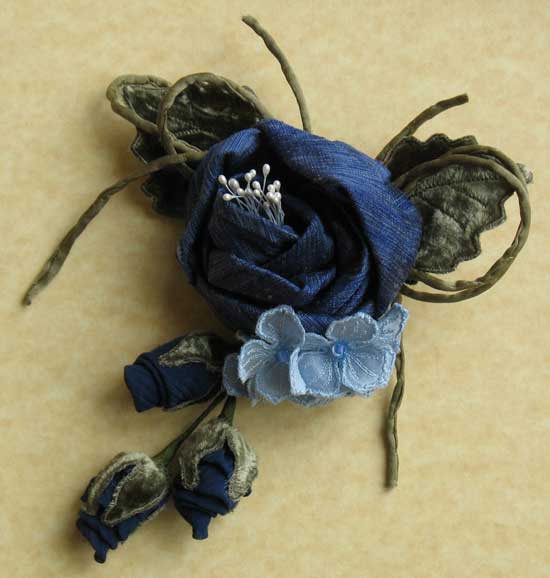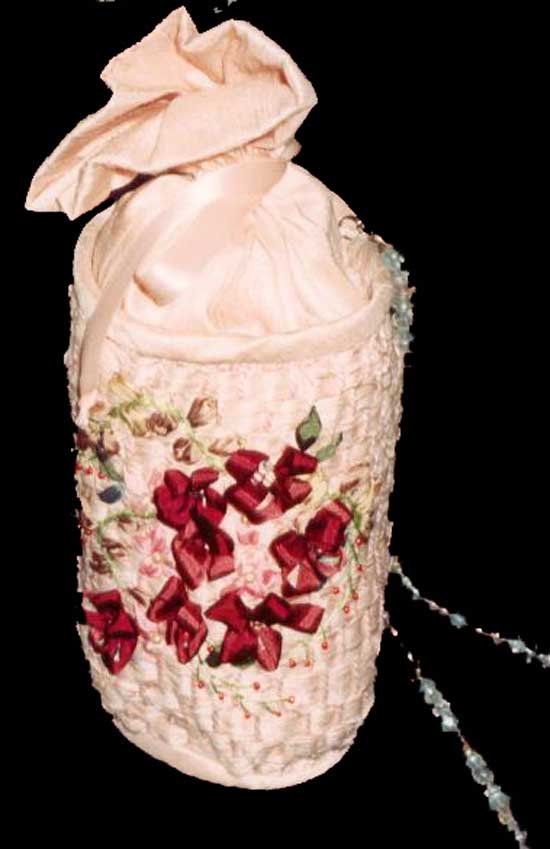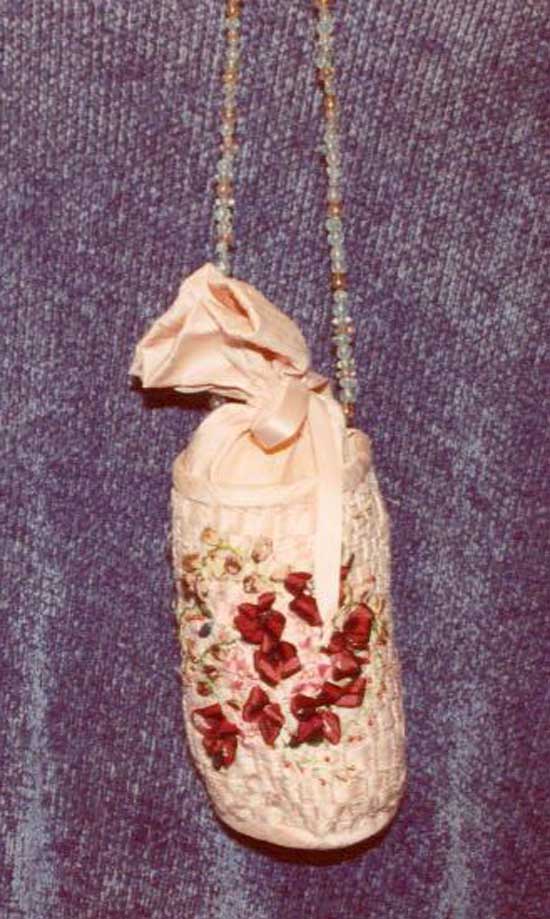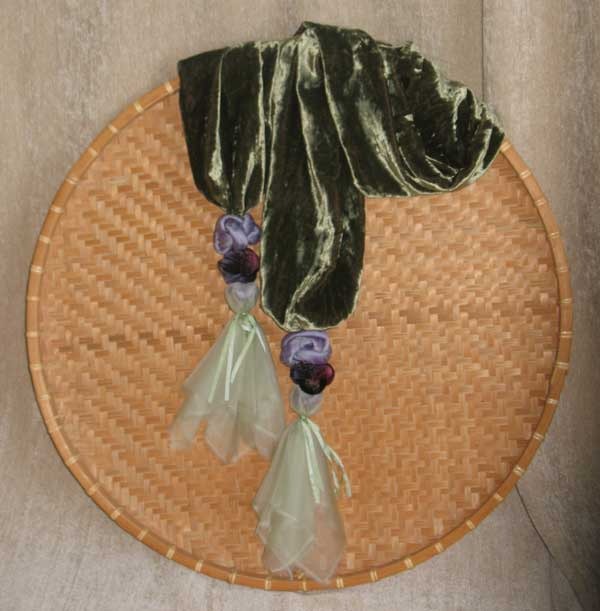Dyeing some silk
 Tuesday, March 8, 2011 at 4:21PM
Tuesday, March 8, 2011 at 4:21PM With today’s post I hope to illustrate a little something about color and fabric dyeing. I’ve been playing around with fabric dyes this week in preparation for dyeing a large piece of fabric as the backing of a banner for my church (which I will share in a future post). Whenever I have some dye left over, especially if it is in the green color family, I like to dye some silk pieces to use for the leaves in some of my flower creations. The following two pictures illustrate the fact that dyeing silk fabrics with fiber reactive dyes can yield some pretty surprising and unpredictable results.

In this picture all of the fabrics were dyed with the same two dyes, one blue and one yellow, mixed at varying proportions. All of the silk fabrics were dyed in the same container at the same time. I was especially surprised to see how different the chiffon turned out. The velvet, which I’ve labeled as silk, is actually a silk ground with a rayon pile. You can see the selvedge edge of the fabric where the silk is exposed – it is almost the same color as the chiffon. The rayon pile soaked up the rich color from the dye (fiber reactive dyes were developed, after all, to dye cotton and rayon). The cottons were dyed with a more dilute solution of the same dye in a separate container.
The dye mixture I started with looked much more blue than the silk fabrics turned out. Silk fibers are notorious for unpredictable results, especially with blue dyes. When you mix blue with another primary color to make a secondary color, my experience tells me that the resulting color of the silk will be a secondary color leaning more toward the primary other than blue. For instance, if you mix red and blue to make purple, you will end up with a more reddish-purple, the silk responding more to the red than to the blue. The same was true for this green (a more yellowish-green was achieved).

These next fabrics were dyed with a mixture of the same yellow from above but a different blue. I used far less yellow this time, resulting in a more blue-toned green. Again, all of the silks were dyed together in the same bag and the cottons were dyed with two different dilute versions of the same dye in their own containers.
I like experimenting with dyes and fabrics to see the results. Luckily, the projects I use these fabrics in do not require a reproducible color or even very predictable results (after all, nature is full of variation). But taking the time to learn about how different fibers react to the different dyes helps me know where to start. I encourage you to try it yourself.
 fabric dyeing,
fabric dyeing,  silk in
silk in  dyeing
dyeing 

